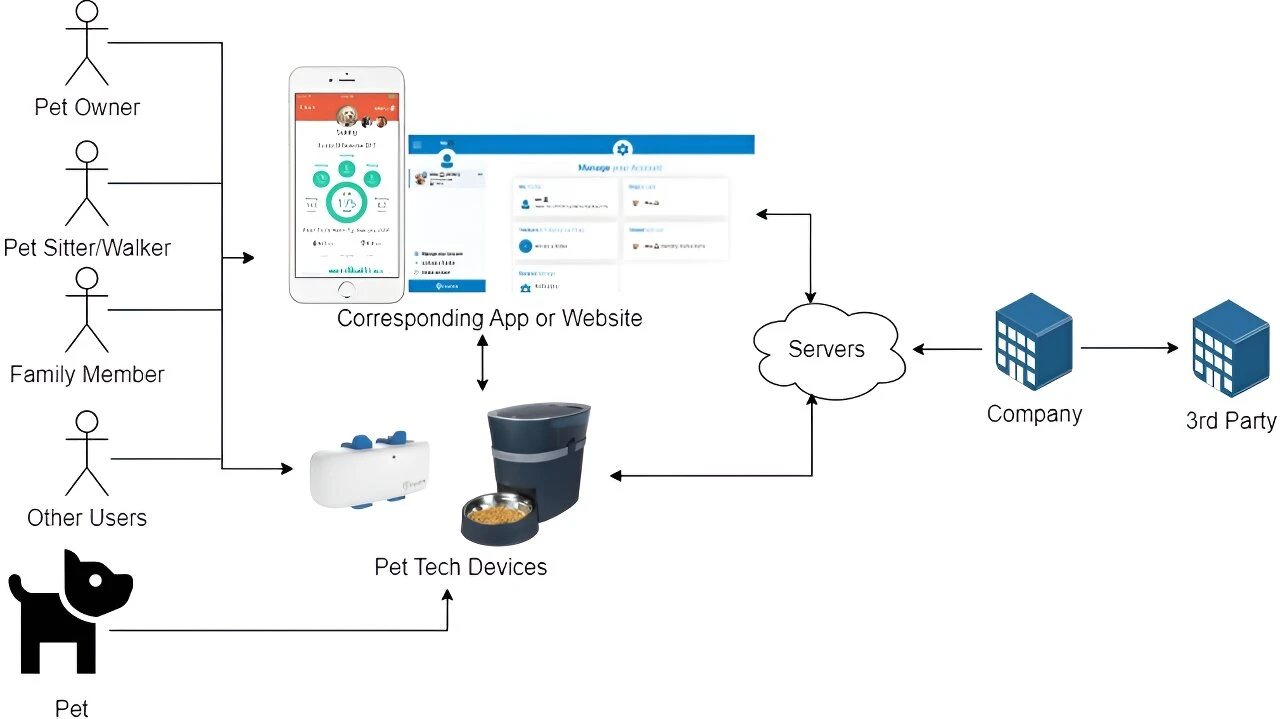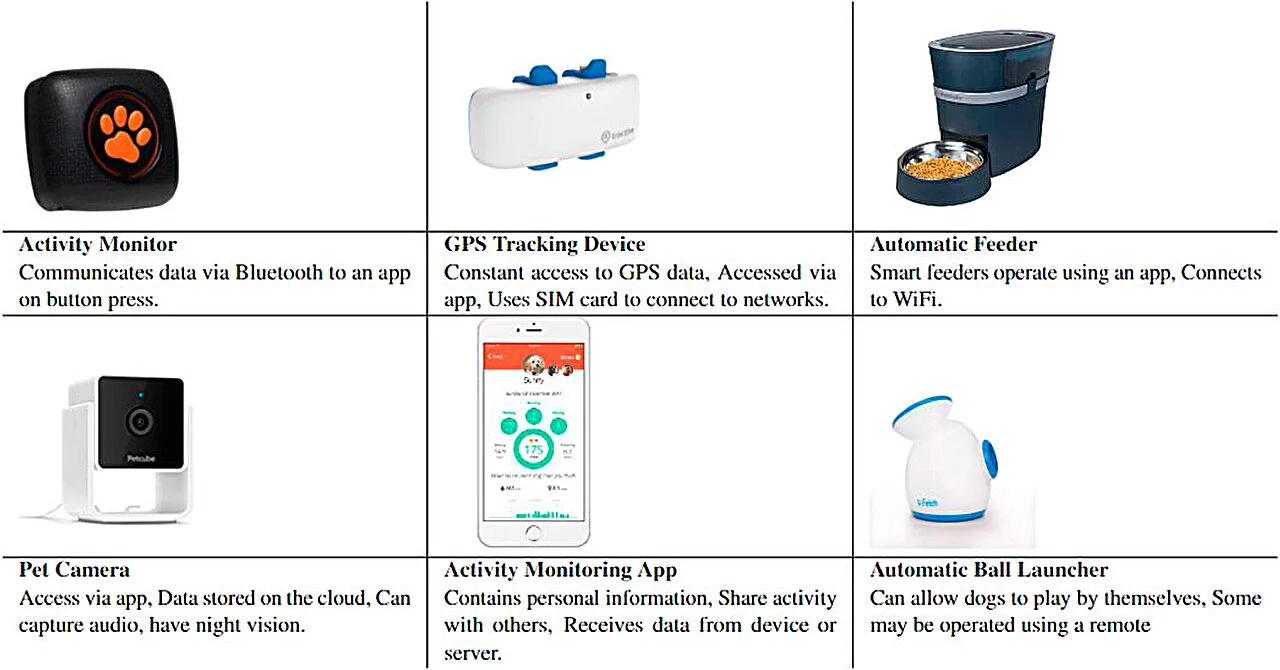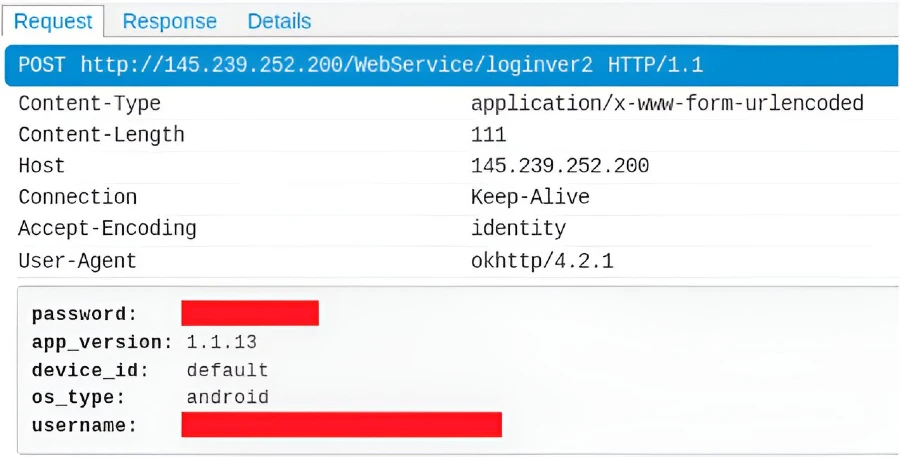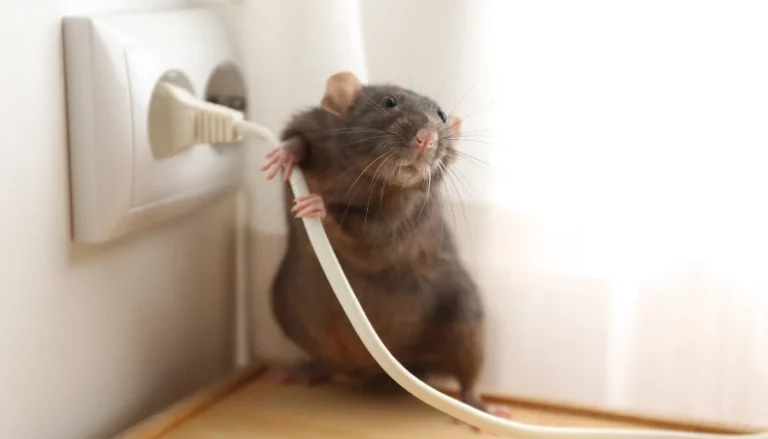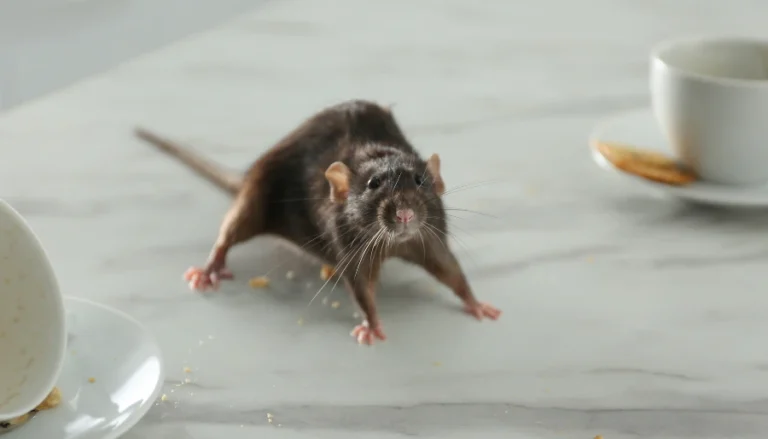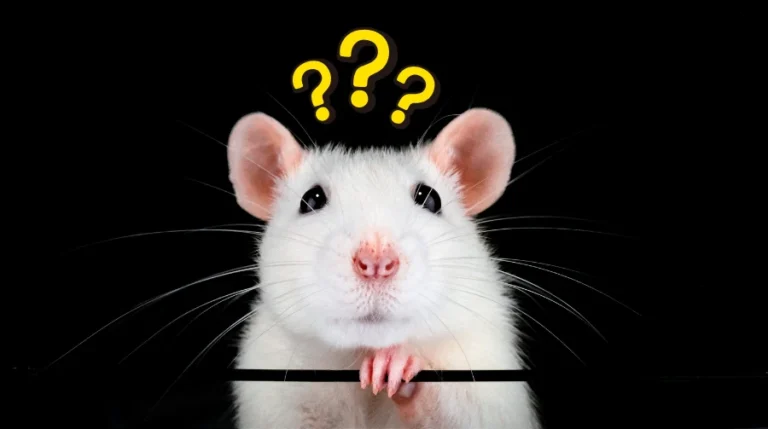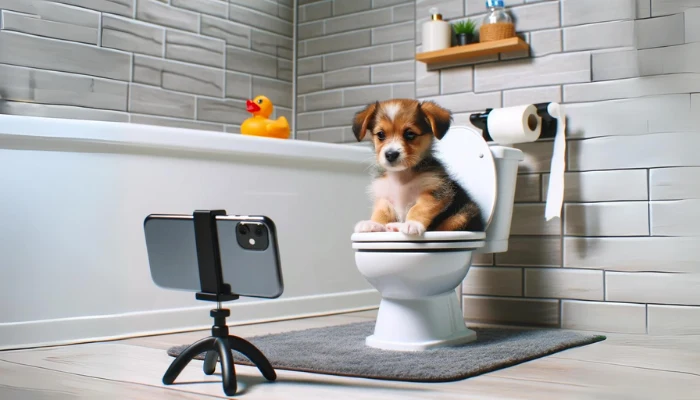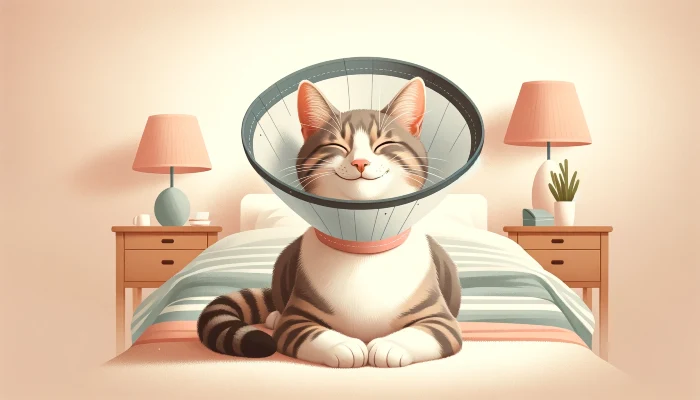In an era where technology intertwines with every aspect of our lives, even our pets aren’t left behind. The surge in pet technology, intended to offer assistance and protection to both pets and their owners, is revealing its own set of vulnerabilities, raising crucial questions about privacy and security.
Pet owners are increasingly embracing technology for a range of pet care activities – from feeding and health monitoring to tracking their furry friends’ activities and movements. With most of these technologies tethered to the Internet of Things (IoT), they inadvertently open a Pandora’s box of privacy and security risks.
New Study Sheds Light on Risks
A team from the U.K.’s Newcastle University and the University of London delved into these concerns in their study “Security and privacy of pet technologies: actual risks vs. user perception,” published in Frontiers in the Internet of Things. This comprehensive study investigates the actual risks of pet tech against user perceptions, exploring the depth of this often-overlooked issue.
From remote feeding devices to automatic ball launchers, cameras, and GPS-enabled wearables, the pet tech market, projected to be worth $3.7 billion by 2026, offers a multitude of options. However, the study points out a startling reality: despite its growing market, there’s a glaring lack of specific studies addressing privacy and security in pet tech.
The Dark Side of IoT in Pet Tech
The study highlights a significant risk: in the event of a security breach, sensitive personal information, including home addresses and details about household residents, pets, and even children, could be exposed. The malfunction of crucial devices, like medication dispensers or smart collars, is another alarming possibility.
The researchers first scrutinized the privacy and security practices of 20 popular pet tech apps. They then surveyed 593 users from Germany, the UK, and the US, gathering insights into their experiences with these technologies, their awareness of potential risks, and the steps they’ve taken for protection.
The study uncovered a worrying lack of regulation in pet tech privacy and security standards. Shockingly, two of the examined apps displayed user login details in plain text, posing severe risks. One app even allowed the exact location of a user’s pet to be determined.
Privacy Policies: A Major Concern
The study also revealed that most apps began tracking users without their consent, and only one app clearly displayed and required agreement to a privacy policy. This is in stark contrast to the EU’s GDPR, highlighting a significant compliance gap.
Many users reported incidents like device malfunctions and account access issues, with a few experiencing data leaks and harm to their pets. However, there’s a discrepancy between the number of users who reported actual incidents and those who took precautionary measures specifically for their pet tech.
More To Discover
The researchers emphasize the need for more information on precautionary measures, stronger regulations, and improvements in privacy and security for pet tech. They advocate for further research to find practical solutions that enhance the quality of life for pets and their owners without compromising security and privacy.
In summary, while pet technology promises convenience and security, it also brings with it a host of privacy and security challenges that need urgent attention. As we stride forward in this digital age, ensuring the safety of our digital footprints, even those of our pets, becomes increasingly critical.









